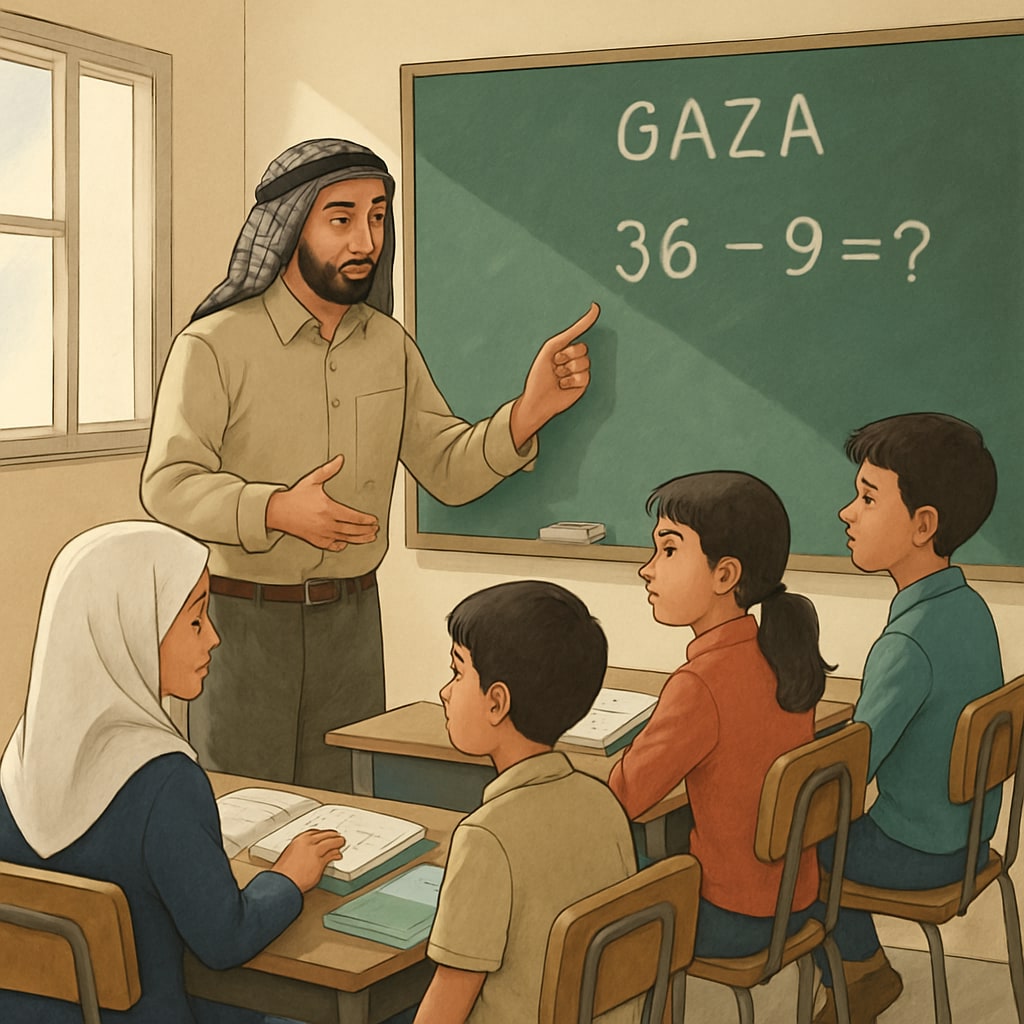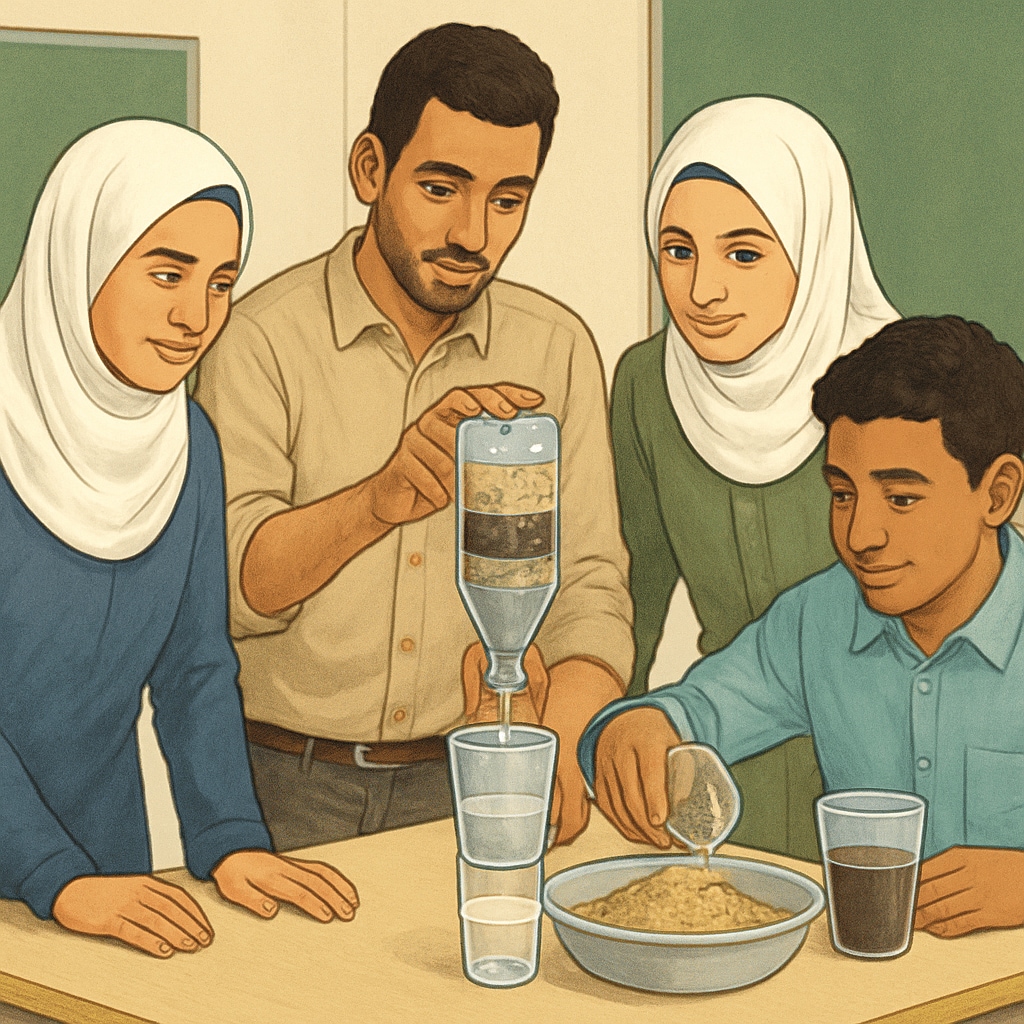Designing a comprehensive curriculum for science and social studies in new Gaza schools—especially in areas no longer under Hamas control—presents a unique set of challenges. These schools must not only meet global educational standards but also address the specific needs of a post-conflict region. A well-crafted curriculum can play a pivotal role in fostering critical thinking, promoting peace, and rebuilding hope in a community deeply affected by prolonged conflict.
Understanding the Educational Needs of Gaza Schools
Before creating any curriculum, it is crucial to understand the unique challenges faced by Gaza schools. Years of conflict have disrupted the education system, limiting access to resources and qualified teachers. Many students have experienced trauma, which affects their ability to learn effectively. Moreover, the political and cultural sensitivities in the region require an approach that is both neutral and inclusive.
The curriculum must balance academic rigor with emotional and social support. For example, science education should emphasize problem-solving and innovation, while social studies should encourage discussions about empathy, cooperation, and historical perspectives without bias.

Key Principles for Science and Social Studies Curriculum Design
Developing a curriculum for Gaza schools requires adherence to several key principles:
- Cultural Relevance: The content should reflect the local context while introducing global perspectives.
- Trauma Sensitivity: Lessons must be designed with an understanding of the psychological impact of conflict on students.
- Peace Education: Social studies should focus on conflict resolution, empathy, and cooperation.
- Critical Thinking: Both science and social studies should encourage students to question, analyze, and innovate.
For science education, this could mean incorporating locally relevant environmental topics, such as water conservation, alongside global issues like climate change. Social studies, on the other hand, might include lessons on the history of the region, emphasizing shared cultural heritage to foster unity.

Strategies for Curriculum Implementation
Implementing a new curriculum in Gaza schools involves overcoming logistical and cultural obstacles. Here are some strategies to ensure success:
- Teacher Training: Provide ongoing professional development to equip teachers with the skills to deliver the curriculum effectively.
- Community Involvement: Engage parents and local leaders in the education process to build trust and support.
- Resource Allocation: Partner with international organizations to secure funding for textbooks, laboratories, and other essential materials.
- Monitoring and Evaluation: Establish mechanisms to assess the curriculum’s effectiveness and make necessary adjustments.
For example, partnerships with organizations like UNICEF or UNESCO can provide both financial and technical support. Additionally, incorporating digital tools can help bridge resource gaps, offering students access to a wealth of information even in resource-limited settings.
Readability guidance: Use short paragraphs and lists to summarize key points. Keep sentences concise and incorporate transition words to guide the reader through the discussion.


